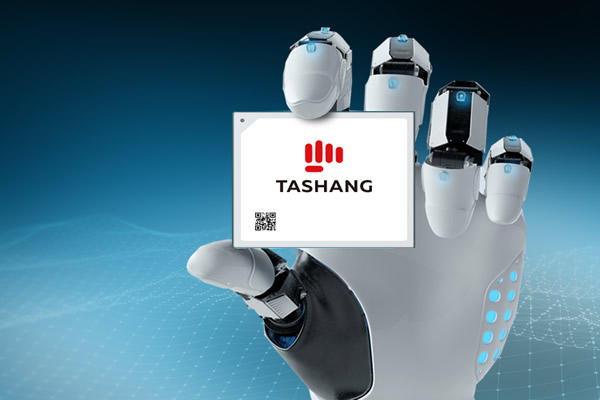South Korea’s “Chosun Ilbo” reported on the 25th that the global first-quarter semiconductor foundry market ranking report recently released by market research agency TrendForce showed that Taiwan’s TSMC ranked first with a 53.6% share, and South Korea’s Samsung Electronics ranked second with 16.3%, while mainland Chinese companies made the most significant breakthroughs. The total market share of three companies including SMIC, ranked fifth, was 10.2%. This is the first time that mainland Chinese companies have exceeded 10% market share. Comments said that it is not an exaggeration to describe the status quo of Chinese semiconductors chasing South Korea as “chasing to the chin”.
According to the report, the Chinese semiconductor industry, which has been subject to high-intensity trade sanctions by the United States since 2020, is making great strides. China’s semiconductor industry is growing rapidly based on huge domestic demand, even though almost all hands and feet are tied, such as import restrictions on advanced semiconductor equipment. Last year, the total sales of Chinese semiconductor-related companies hit a record high of 1 trillion yuan, an increase of 18% year-on-year.
Bloomberg recently reported that 19 of the world’s 20 fastest-growing semiconductor companies in the past year were Chinese companies, an increase of 11 from the previous year. China has 2,810 semiconductor design companies, 23 times that of South Korea (120).
China’s growing semiconductor self-sufficiency will inevitably affect the semiconductor industry, which accounts for 40% of South Korea’s exports to China. From January to May this year, China’s semiconductor imports fell by 10.9% year-on-year. As China’s semiconductor sales surge, there are forecasts that China will grow to a level that “threatens” South Korea within two years. In January this year, the US Semiconductor Industry Association (SIA) predicted that the share of Chinese companies in global semiconductor market sales will increase from 9% in 2020 to 17% in 2024, while South Korea’s market share will remain at 20% in the next three years. %about.
“To catch up to the chin” is a Korean slang term that means “close at hand” and “almost at hand.” In fact, the former Deputy Prime Minister of South Korea, Lim Chang-ryol, described the competition situation between the Chinese and Korean industries in this way five years ago. At that time, he said that in the field of automobiles, the Chinese have caught up with South Korea’s chin. Even in electronic products, South Korea’s advantages are few and far between, and in the semiconductor industry, China has invested huge amounts of money.
Although the Korean semiconductor industry generally believes that China is still far inferior to South Korea in terms of semiconductor quality, there are also opinions that with the strong support of the government, China’s semiconductor industry has achieved rapid growth in the short term through repeated trial and error with the huge domestic market.
Many Korean industry experts believe that China’s “threat” is becoming more and more obvious, especially in the non-memory semiconductor field, which is regarded as a future industry in South Korea. Although hampered by U.S. sanctions on high-precision semiconductors below 14 nanometers, China is focusing on automotive semiconductor manufacturing and artificial intelligence (AI) semiconductor design. With 10 times the investment of South Korea in the field of artificial intelligence, China has already led South Korea in the field of artificial intelligence semiconductors, and China and the United States have been rated as the two countries with the highest level of artificial intelligence semiconductor design.
*Disclaimer: This article was originally written by the author. The content of the article is the author’s personal opinion. The reprint of Semiconductor Industry Observation is only to convey a different point of view. It does not mean that Semiconductor Industry Observation agrees or supports the view. If you have any objection, please contact Semiconductor Industry Observation.




